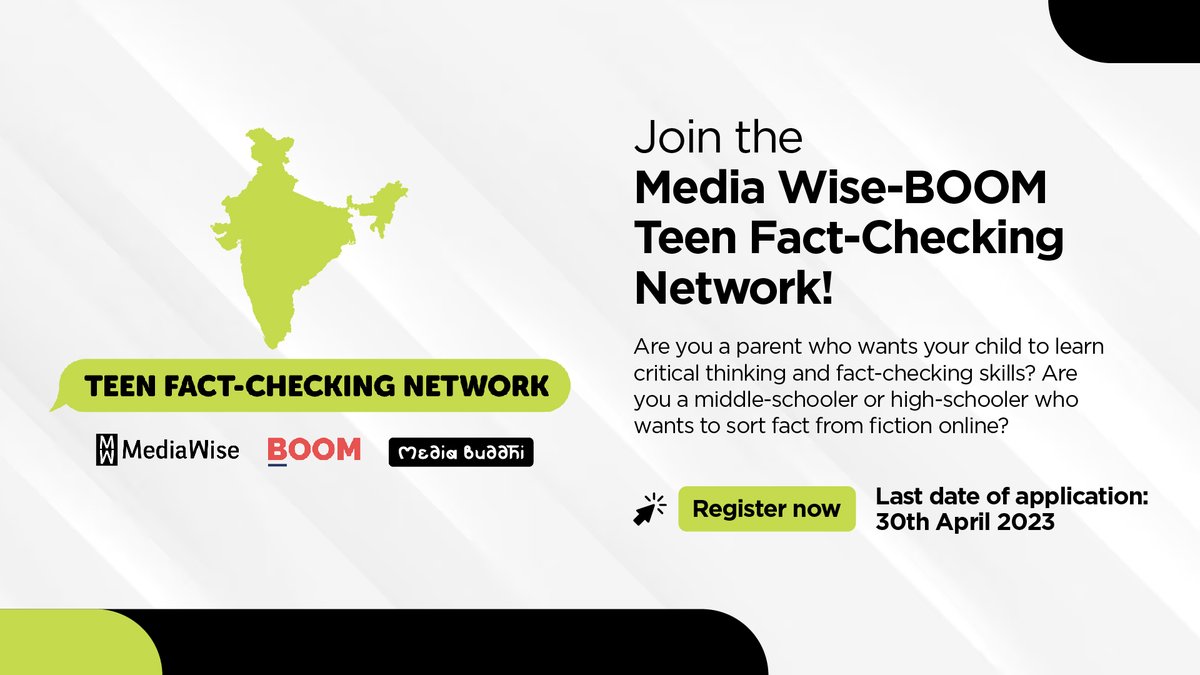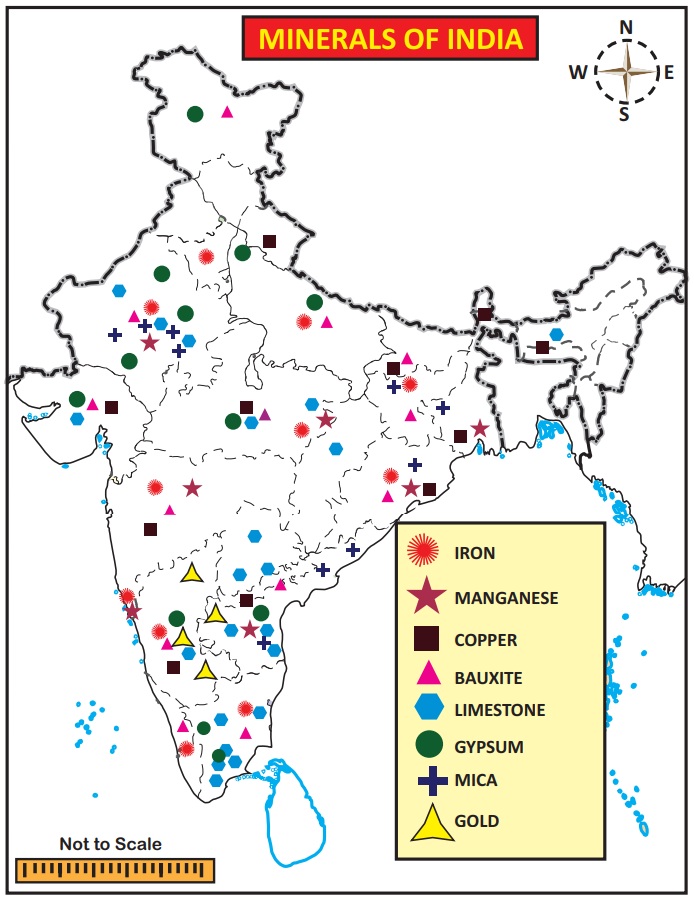FactCheck India: Verified News & Debunking Myths | Latest Updates
Is the information you consume online truly what it seems? In an age saturated with digital content, the ability to discern fact from fiction has never been more critical, especially in India where the spread of misinformation is a significant concern.
The proliferation of fake news and disinformation across various platforms has become a pressing issue, demanding meticulous scrutiny and robust fact-checking mechanisms. Platforms like "Factcheck India" and other dedicated fact-checking organizations are at the forefront of this battle, working tirelessly to debunk false narratives and verify information. The urgency of this task is underscored by the sheer volume of misinformation circulating, impacting everything from political discourse to personal beliefs.
Take, for example, the insidious nature of deepfakes. These digitally manipulated videos and images can convincingly portray individuals saying or doing things they never did, creating a landscape of distrust and confusion. The recent incidents involving celebrities, such as Rashmika Mandanna, Alia Bhatt, and Katrina Kaif, where their likenesses were exploited in manipulated content, highlight the real-world impact of such deceptive practices. These cases demonstrate the ease with which misinformation can be generated and spread, and the potential damage to reputations and public trust.
The "Deepfakes Analysis Unit (DAU)" is a notable initiative in India that allows the public to share content via a WhatsApp channel for verification. This grassroots approach is crucial, as it empowers individuals to actively participate in the fact-checking process and contribute to a more informed public sphere. The DAU represents a proactive response to the challenge of digital manipulation, and exemplifies how technology can be used to combat its own misuse.
The situation is not limited to India. Across the globe, the spread of misinformation is a pervasive problem, with different regions grappling with its unique manifestations. In Sri Lanka, for example, units are working with the SLPI (Sri Lanka Press Institute) to improve media literacy and combat misinformation. The shared goal is to equip citizens with the critical thinking skills necessary to evaluate online content and resist the influence of false narratives.
The following table outlines the profiles of celebrities targeted by deepfakes. It's a reminder of the need for vigilance and critical thinking in an age of digital manipulation.
- Hyungrys Temporary Replacement Ep 3 Buzz Drama Amp Action
- Wasmo Somali Telegram 2024 Guide Community Insights
| Celebrity Name | Known For | Type of Misinformation Encountered | Impact |
|---|---|---|---|
| Rashmika Mandanna | Indian Actress | Face superimposed on a video | Damaged reputation, spread of false content. |
| Alia Bhatt | Indian Actress | Video using manipulated face with obscene gestures | Character assassination, tarnishing of public image. |
| Katrina Kaif | Indian Actress | Likely similar instances of face manipulation | Potential for reputation damage, spread of falsities. |
Reference: Example Website for Celebrities Deepfakes (Note: Replace with a valid and relevant source)
The challenges of verifying information are multifaceted. The speed with which misinformation can spread across social media, messaging apps, and websites makes it incredibly difficult to contain. The sophistication of deepfake technology is constantly advancing, further blurring the lines between reality and fabrication. The motives behind spreading misinformation vary, from political agendas to financial gain. In this complex landscape, understanding the sources of misinformation is vital to effectively addressing the issue.
One of the most common motivations is political manipulation. Disinformation campaigns are often designed to sway public opinion, discredit opponents, or sow discord within a society. In India, with its diverse political landscape and significant internet penetration, the potential for such campaigns is particularly high. The ability to rapidly disseminate false information through social media makes it an ideal tool for influencing elections and shaping public discourse. There is widespread concern about disinformation across political lines, necessitating robust fact-checking efforts to combat the spread of fabricated narratives. The focus should be on informing public about the ways it is affecting their beliefs.
The intersection of AI and social media has created new avenues for misinformation. Advanced algorithms can now be used to create highly targeted disinformation campaigns, personalizing the content to appeal to specific demographics and increase its impact. This personalization makes it harder for people to recognize the deception, as the content is tailored to their existing biases and preferences. It's crucial to develop countermeasures that can detect and mitigate the spread of such AI-driven disinformation.
Beyond the realm of politics, misinformation can also be driven by financial incentives. The creation and dissemination of fake news can generate revenue through advertising, clickbait, and other manipulative tactics. This creates an economic incentive for malicious actors to produce and distribute false information. The need for robust regulation of online advertising and content platforms becomes increasingly urgent to combat this financial motivation. More specifically, media and technological literacy needs to be addressed for better public awareness.
The prevalence of misinformation also underscores the importance of media literacy. Citizens need to be equipped with the skills and knowledge to critically evaluate the information they consume. This includes understanding how to identify the source of a piece of information, assess its credibility, and recognize potential biases. In a society where everyone can be a publisher, media literacy is no longer a luxury; it is a necessity. The media literacy skills are required for effective critical thinking and decision-making in daily life.
The internet is the main tool through which misinformation spreads, and it can come from various sources, the most well known being social media. Social media algorithms can amplify false narratives through echo chambers. This reinforces the importance of fact-checking. Platforms should implement effective fact-checking mechanisms to counter the spread of fake news and misinformation. Fact-checking organizations and initiatives play a vital role in verifying information and debunking false claims. These organizations conduct rigorous investigations, consult with experts, and provide well-researched information to the public. Fact-checkers often work independently to maintain impartiality. There are organizations dedicated to the cause of curbing the flow of misinformation.
The importance of fact-checking cannot be overstated. It serves as a crucial mechanism for holding sources of information accountable and ensuring the accuracy of news reports. It combats the spread of false narratives and safeguards public trust. It offers a defense against deliberate deception and accidental misrepresentation. It empowers the public to make informed decisions.
The task of combating misinformation, however, is not the sole responsibility of fact-checking organizations. It requires a collaborative effort involving governments, technology companies, media outlets, and individuals. Governments must enact and enforce regulations that promote transparency and accountability in online content. Technology companies need to take steps to identify and remove or label false information, and to prioritize the dissemination of accurate content. Media outlets have a responsibility to report the news accurately and ethically, to be transparent about their sources, and to provide fact-checking resources to their readers. But a deeper look is required to understand how the sources are making it so common.
The fight against misinformation is a continuous battle, demanding constant vigilance, adaptation, and innovation. As the technologies and techniques used to spread false information evolve, so too must the strategies to combat them. The importance of fact-checking, media literacy, and collaborative efforts in addressing the challenge of disinformation cannot be emphasized enough.
The "Azerty" project and other similar initiatives highlight the innovative application of AI in addressing societal challenges. While the example provided specifically focuses on solutions for the social and solidarity economy, it also underscores the potential of AI to address misinformation. AI can be used to develop more sophisticated fact-checking tools, analyze large datasets of information, and detect patterns of disinformation with greater accuracy. The use of AI in combating misinformation is a developing field, but it holds great promise for the future.
The pursuit of verifiable information is ongoing, driven by technological advances, regulatory frameworks, and collective efforts to ensure accuracy and trust. As technology continues to evolve, so will the challenges and opportunities in this dynamic information landscape. In this constantly changing landscape, the ability to discern truth from falsehood is no longer just a desirable skill it is essential for informed citizenship and a healthy society.
- Tamilblasters 2025 A New Era For Tamil Cinema Lovers
- The Kid Mom Cctv Video The Full Story Behind The Viral Clip

How the Indian government aims to take the role of independent fact

BOOM Live on Twitter " Announcement 📢Teenagers, here's an opportunity

Resources and Industries in India Geography Social Science